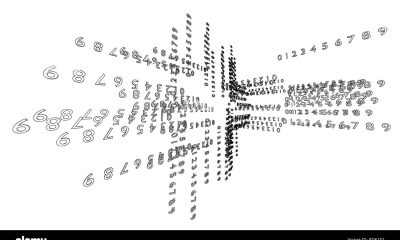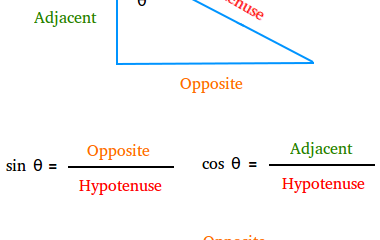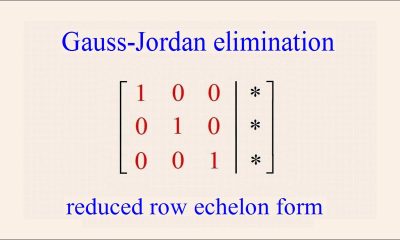What are domain and range?
Determine the domain and range
Domain
A function’s domain refers to the set of all potential input values (x-values) for which the function is defined.
General Steps:
1. Start with all real numbers:
Assume x can be any real number (unless restricted).
2. Identify the restrictions:
Check for cases where the function is undefined:
- Divide by zero. If the denominator is zero, remove those x-values.
- Square Roots: For even roots, ensure the radicand (expression inside the root) is greater than or equal to zero.
- Logarithms: require an argument greater than or equal to zero.
Express the domain:
- Use interval notation or inequalities to describe the domain.
Range:
The range of a function is the set of all potential output values (y-values).
General Steps:
Analyze function behavior:
Determine how 𝑦 (the output) changes as x varies over the domain.
Consider the restrictions:
If any y-values are impossible to achieve, remove them from the range.
Solve for y:
Consider expressing x in terms of y (inverse function) and identifying any limits on y.
How to find domain and range of a function?
Example 1:
Determine the domain and range of the following function

Domain:
The domain is the set of all x-values for which the function is defined.
Restrictions:
1.Square root restriction: The expression inside the square root, 9-x^2, must be ≥0


2. Denominator restriction: The denominator cannot equal 0. Regarding the square root in the denominator:



Domain: Combine these restrictions: -3 < 𝑥 < 3 .
In interval notation: 𝑥 ∈ ( – 3, 3) .
Range:
The range of a function refers to its possible y-values.
Analysis:





Range of y:
y values range from 1 to ∞ (excluding infinity).
Range: In interval notation: y∈( 1/3 ,∞).
Final Answer:
- Domain: x∈(−3,3)
- Range: y∈(1/3,∞)
Example 2:
Determine the domain and range of the following function

1. Domain: The domain is the set of all x-values for which the function is defined.
Restrictions:
Square root restriction: The expression inside the square root, x ^2 −7x+10, must be non-negative (i.e., ≥ 0 ≥0), because the square root of a negative number is undefined in the real number system.

To solve this inequality, first factor the quadratic expression:

The inequality becomes:

To solve this, identify the critical locations when the expression equals zero.


We evaluate the sign of (x−2)(x−5) in the intervals specified by the crucial points x=2 and x=5.
For x < 2, both (𝑥 – 2) and (𝑥 – 5) are negative, resulting in a positive product.
For 2 < 𝑥 < 5 , ( 𝑥 − 2 ) is positive and (x−5) is negative, resulting in a negative product.
For 𝑥 > 5, both (𝑥 – 2) and (𝑥 – 5) are positive, indicating that the product is positive.
The inequality ( 𝑥 − 2 ) ( 𝑥 − 5 ) ≥ 0

Domain:
- The domain is x∈(−∞,2]∪[5,∞)
2. Range
The range is the set of all possible y-values.
Analysis:


Since the square root function always produces non-negative outputs, 𝑦 ≥ 0
The smallest value of y happens when x=2 or x=5, as x ^2 −7x+10=0. At these places, 𝑦 = 0.
As x moves away from x=2 or x=5 (in either direction), y increases because the expression inside the square root becomes positive.
Range:
Since y≥0 and y can grow unbounded as x travels away from 2 and 5, the range is:

Final Answer:
Domain: 𝑥 ∈ ( −∞, 2 ]∪ [ 5 , ∞ )
Range: 𝑦 ∈ [ 0 , ∞ )
Some related practice problems
1.
2.
3.
4.
5.

 algebra1 month ago
algebra1 month ago
 algebra1 month ago
algebra1 month ago
 algebra2 months ago
algebra2 months ago
 algebra1 month ago
algebra1 month ago
 geometry1 month ago
geometry1 month ago
 calculus2 months ago
calculus2 months ago
 algebra2 months ago
algebra2 months ago
 algebra2 months ago
algebra2 months ago


















































































